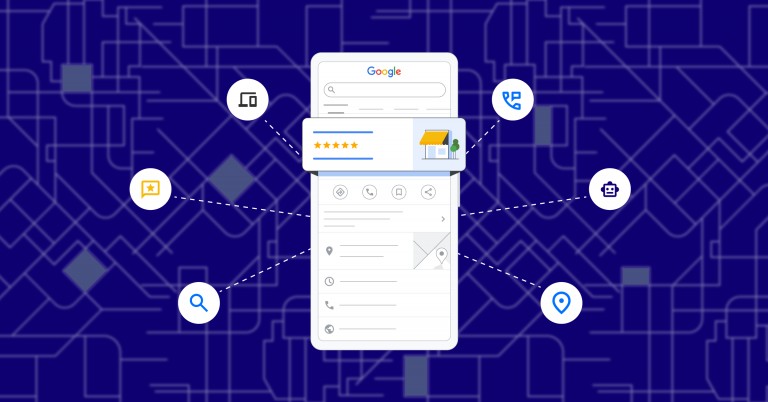Have you ever noticed the gap in how local stores handle their online and offline marketing strategies? It is like they are speaking two different languages. But that’s the thing: merging these two worlds and creating a cohesive hyperlocal marketing strategy for your business is key to keeping consumers happy and coming back for more.
Let’s look at an example. You are walking down a commercial street and passing by a local shop where you see something you like. You take a picture and save it for later, but forget about it soon. Later that night, you are scrolling through your feed, and an ad for the exact same shop pops up. Coincidence? No. This is what smart marketing is: the perfect blend of online and offline worlds.
This seamless integration is achieved through hyperlocal marketing, which engages shoppers both online and offline. Imagine offering exclusive deals and promotions that customers can access in-store and on your website, ensuring a consistent brand experience across all channels. This approach not only reinforces your brand’s presence but also creates a cohesive and memorable customer journey.
So, let’s dive in and understand how omnichannel marketing will help your business grow.
Omnichannel marketing is one essential solution for modern retailers that bridges the gap between online and offline strategies. This approach ensures that consumers interact with a brand seamlessly across multiple touchpoints in their journey, whether shopping online, browsing in-store, or engaging through local listings, webpages, or social media.
We have put together a list of strategies to help you effectively bridge the gap between online and offline marketing. These strategies will help your business create an impactful and cohesive consumer experience. In fact, businesses with strong omnichannel engagement see annual revenue increase compared to just 3.4% for those with weaker strategies.
Define shared goals for both online and offline efforts to ensure a unified approach. For example, if the objective is to increase product awareness, coordinate campaigns across all channels using tools like SingleInterface.
Tip: Use cross-channel analytics to track and measure the performance of these shared objectives. This ensures that both online and offline activities are aligned with the same targets and working towards achieving it.
Deliver relevant offers and content based on consumer data from all touchpoints. Personalize your messaging to resonate with individual consumer preferences and behaviors, enhancing engagement.
Tip: Utilize consumer segmentation to tailor messages and promotions to specific audience segments.

Design promotions that link online and offline activities, such as in-store events promoted online or online-exclusive discounts redeemable in-store. This integration helps in creating a seamless consumer experience and encourages interaction across multiple channels.
Tip: Use QR codes and custom URLs in offline materials to drive traffic to online platforms and track effectiveness. This will help you track the effectiveness of each campaign and understand consumer behavior across channels.
Incentivize online consumers to visit physical stores with exclusive in-store promotions and experiences. Offer promotions like “buy online, pick up in-store” (BOPIS); it can significantly drive foot traffic and increase in-store sales.
Tip: Implement a “buy online, pick up in-store” (BOPIS) option to drive foot traffic and increase in-store sales.
Maintaining a uniform brand presence across all channels to build trust and recognition. Ensure that all marketing strategies, both offline and online, maintain a consistent visual identity.
Tip: Create a guide for your brand style that outlines design principles and uses them across all channels.
Integrate all marketing efforts to provide a seamless consumer journey from discovery to purchase. It ensures consistent and personalized interactions across all channels.
Tip: Use a unified marketing capability like SingleInterface to manage campaigns across multiple channels and ensure consistency.
Integrating online and offline marketing strategies is essential for modern retailers aiming to provide superior consumer experiences. With the latest technology and a focus on consumer needs, businesses can create a successful omnichannel strategy that drives engagement and loyalty.
Visit SingleInterface to request a demo and see how their solutions can elevate your business. Join leading brands like Ford, Nissan, and Lifestyle who have already achieved remarkable results with our comprehensive marketing solutions.